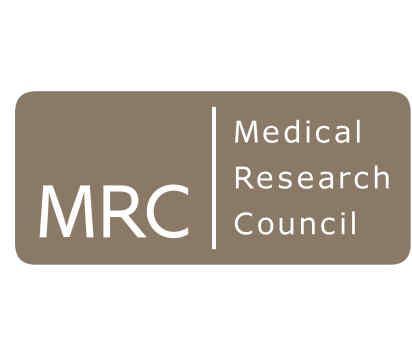BibTex format
@article{Kuo:2017:10.1164/rccm.201512-2452OC,
author = {Kuo, CS and Pavlidis, S and Loza, M and Baribaud, F and Rowe, A and Pandis, I and Hoda, U and Rossios, C and Sousa, A and Wilson, SJ and Howarth, P and Dahlen, B and Dahlen, SE and Chanez, P and Shaw, D and Krug, N and Sandström, T and De, Meulder B and Lefaudeux, D and Fowler, S and Fleming, L and Corfield, J and Auffray, C and Sterk, PJ and Djukanovic, R and Guo, Y and Adcock, IM and Chung, KF and U-BIOPRED, Project Team},
doi = {10.1164/rccm.201512-2452OC},
journal = {American Journal of Respiratory and Critical Care Medicine},
pages = {443--455},
title = {A transcriptome-driven analysis of epithelial brushings and bronchial biopsies to define asthma phenotypes in U-BIOPRED},
url = {http://dx.doi.org/10.1164/rccm.201512-2452OC},
volume = {195},
year = {2017}
}
RIS format (EndNote, RefMan)
TY - JOUR
AB - RATIONALE AND OBJECTIVES: Asthma is a heterogeneous disease driven by diverse immunologic and inflammatory mechanisms. We used transcriptomic profiling of airway tissues to help define asthma phenotypes. METHODS: The transcriptome from bronchial biopsies and epithelial brushings of 107 moderate-to-severe asthmatics were annotated by gene-set variation analysis (GSVA) using 42 gene-signatures relevant to asthma, inflammation and immune function. Topological data analysis (TDA) of clinical and histological data was used to derive clusters and the nearest shrunken centroid algorithm used for signature refinement. RESULTS: 9 GSVA signatures expressed in bronchial biopsies and airway epithelial brushings distinguished two distinct asthma subtypes associated with high expression of T-helper type 2 (Th-2) cytokines and lack of corticosteroid response (Group 1 and Group 3). Group 1 had the highest submucosal eosinophils, high exhaled nitric oxide (FeNO) levels, exacerbation rates and oral corticosteroid (OCS) use whilst Group 3 patients showed the highest levels of sputum eosinophils and had a high BMI. In contrast, Group 2 and Group 4 patients had an 86% and 64% probability of having non-eosinophilic inflammation. Using machine-learning tools, we describe an inference scheme using the currently-available inflammatory biomarkers sputum eosinophilia and exhaled nitric oxide levels along with OCS use that could predict the subtypes of gene expression within bronchial biopsies and epithelial cells with good sensitivity and specificity. CONCLUSION: This analysis demonstrates the usefulness of a transcriptomic-driven approach to phenotyping that segments patients who may benefit the most from specific agents that target Th2-mediated inflammation and/or corticosteroid insensitivity.
AU - Kuo,CS
AU - Pavlidis,S
AU - Loza,M
AU - Baribaud,F
AU - Rowe,A
AU - Pandis,I
AU - Hoda,U
AU - Rossios,C
AU - Sousa,A
AU - Wilson,SJ
AU - Howarth,P
AU - Dahlen,B
AU - Dahlen,SE
AU - Chanez,P
AU - Shaw,D
AU - Krug,N
AU - Sandström,T
AU - De,Meulder B
AU - Lefaudeux,D
AU - Fowler,S
AU - Fleming,L
AU - Corfield,J
AU - Auffray,C
AU - Sterk,PJ
AU - Djukanovic,R
AU - Guo,Y
AU - Adcock,IM
AU - Chung,KF
AU - U-BIOPRED,Project Team
DO - 10.1164/rccm.201512-2452OC
EP - 455
PY - 2017///
SN - 1535-4970
SP - 443
TI - A transcriptome-driven analysis of epithelial brushings and bronchial biopsies to define asthma phenotypes in U-BIOPRED
T2 - American Journal of Respiratory and Critical Care Medicine
UR - http://dx.doi.org/10.1164/rccm.201512-2452OC
VL - 195
ER -
